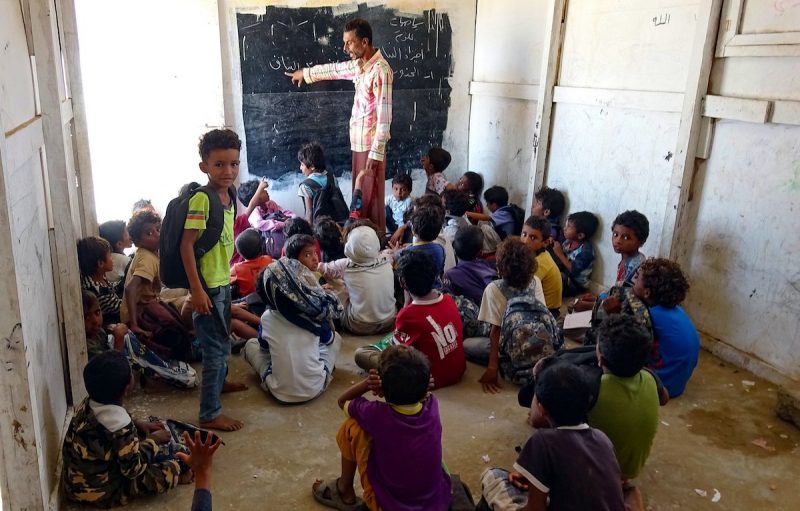Why Some Schools Do Not Develop?

Why Some Schools Do Not Develop?
In a society that changes daily, some schools remain in a pattern that does not change. The main reasons are social and cultural changes. These kinds of schools are often incapable of adapting their structures to the requirements and expectations set forth by modern civil society. For example, most of them are still using the old-fashioned modes of teaching that have no place in the modern ways of learning by children who are normally interactive and engulfed with current technologies. This means a less appealing curriculum which does not relate to the present times. Besides, there are also major resource constraints. Those that lack resources in terms of finance and infrastructure have difficulties offering quality infrastructure.
Most schools in developing nations face the challenge of providing adequate classrooms, access to technology, and teaching materials of high quality. This inability to provide teaching and learning aids has adverse effects on the teaching and learning process and students' interest in learning. The development of schools also stagnates due to a lack of support from parents and society. Without parental participation in the children's education or support from the community for the particular school, the required development of that school will just not be possible.
Students' motivation and a better learning environment are sure to increase in schools if parents can be more involved in school activities and there is more community support provided. There is also teaching quality. If the teachers are inadequately trained or unmotivated, the quality of education provided will be low. This can make students lose inspiration and passion in study, which negatively impacts the overall development of the school.
The last reason is the less innovatory teaching method. Schools that dare not innovate or adopt new teaching methods will always be lagged. Other aspects of innovation in education involve the use of technology and more flexible learning methods that make learning very interesting to the students, hence improving their learning effectiveness. It would be impossible to meet student needs without innovation, as they keep on changing. By understanding these factors, it is hoped that stakeholders can take steps for the betterment of quality and development of available schools to make education more relevant and useful to future generations.



